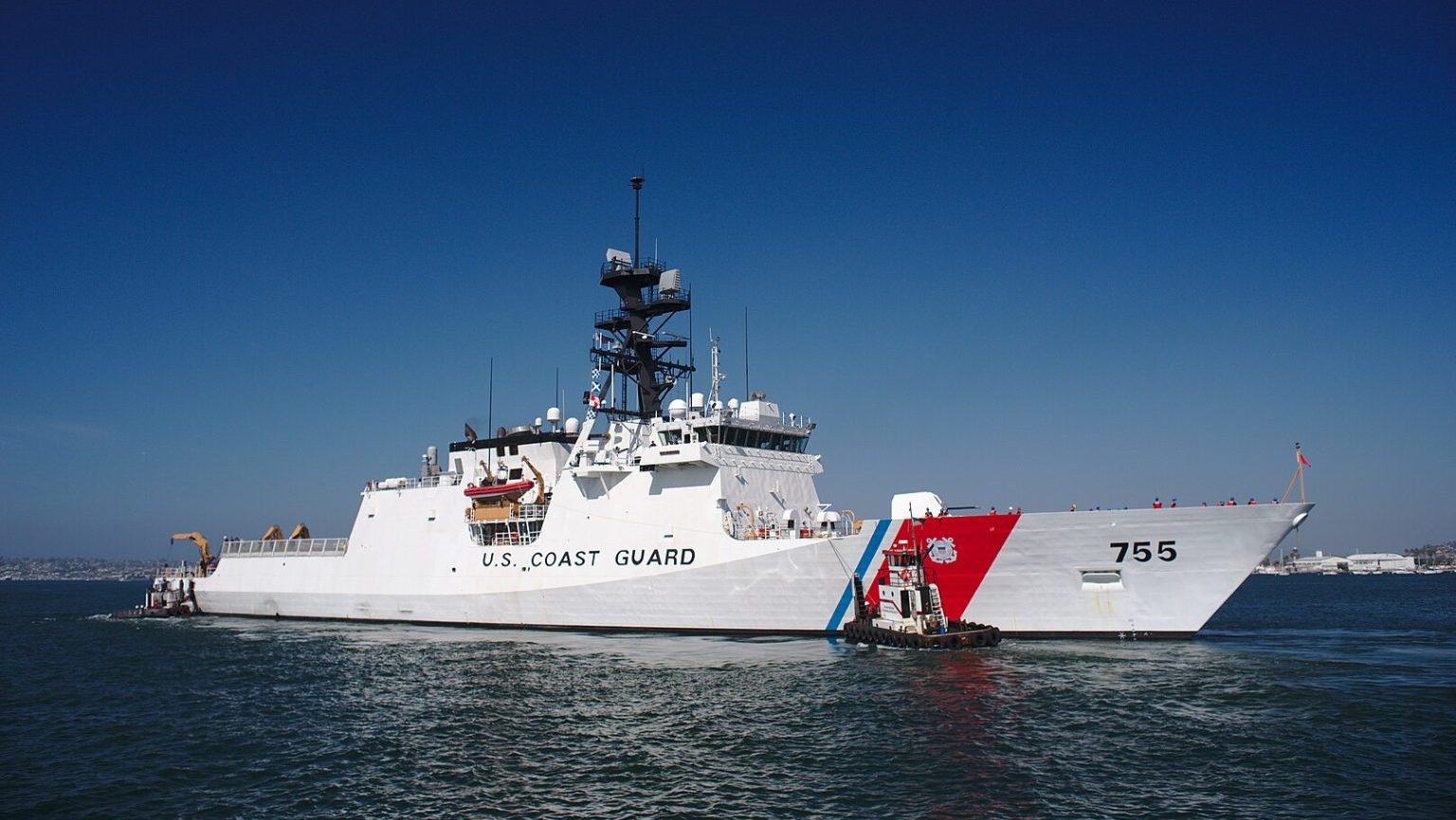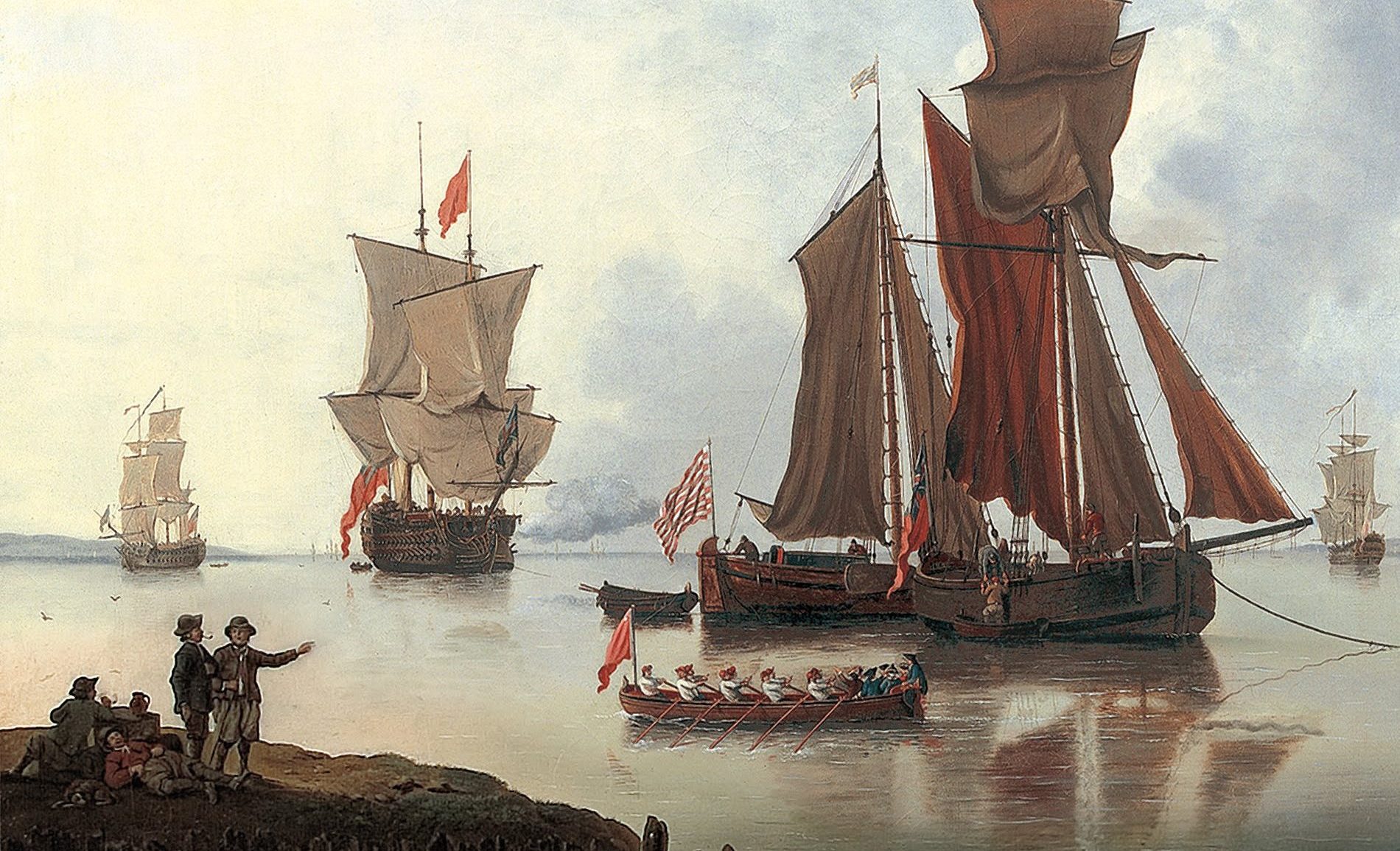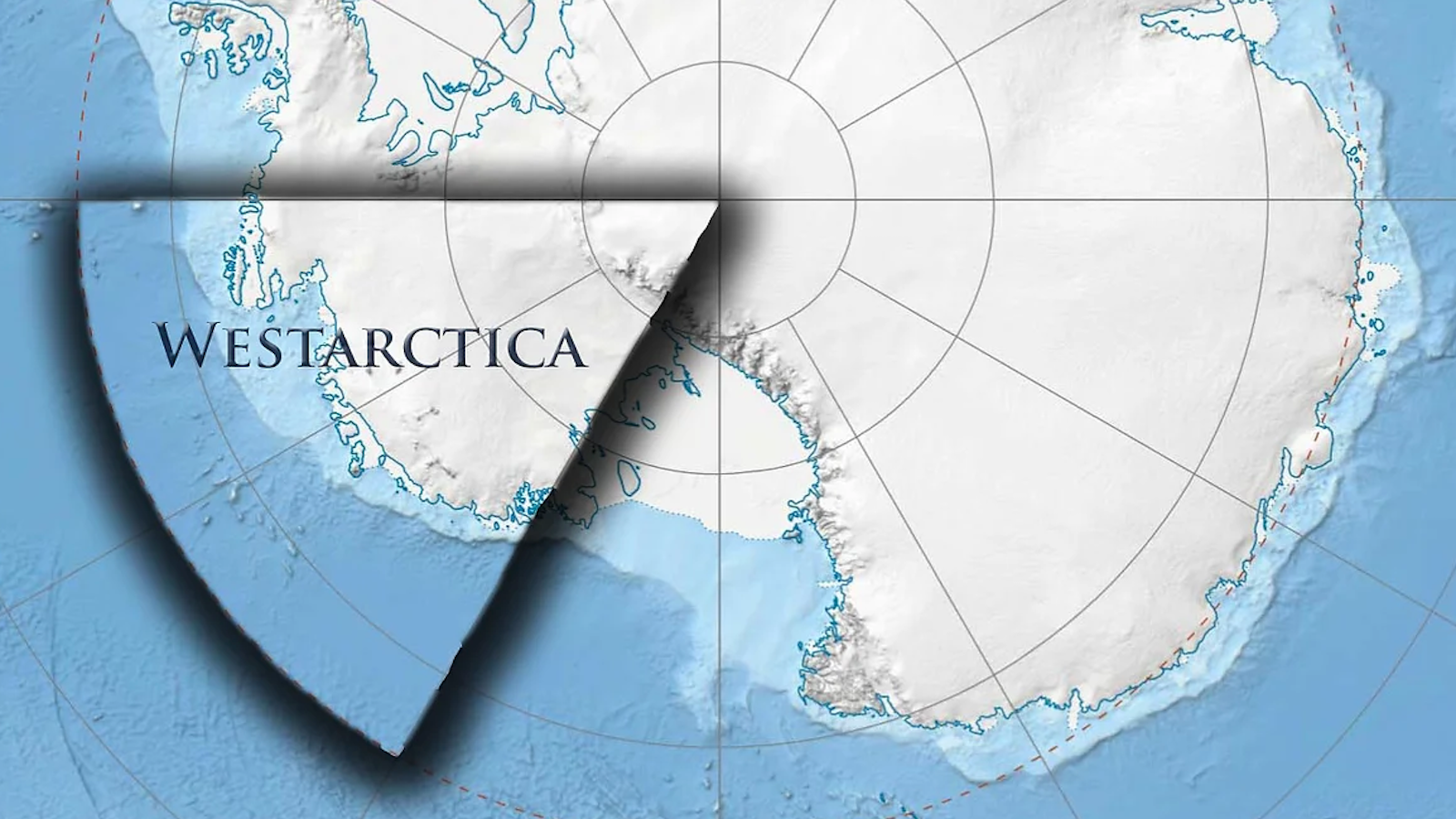Could Haiti Become An Unincorporated Territory Of The U.S.?

If character is the thing you have when you lose everything else, then the people of Haiti must be full to bursting with it. The photos and video of the carnage in Haiti are beginning to run together now, a kaleidoscope of dust, rubble, and bloodied bodies that have been streaming into all of our households all week long. In our household, though, pragmatism rules — the question we’ve been asking each other over and over for the last few days at our house, while watching network TV announcers on the ground in Port-Au-Prince talk into satellite phones, has been “when does the United States make Haiti an American protectorate?”
It turns out, after I did some digging around on the internet, that America technically doesn’t have any “protectorates” today — now, Puerto Rico, Guam, American Samoa, the Northern Mariana Islands, the United States Virgin Islands, the Midway, Johnston and Wake Atolls, the Baker, Howland, Jarvis and Navassa Islands and Kingman Reef are known as unincorporated territories.
What was more surprising to me was the fact that Haiti had actually been a protectorate before, back in 1915 under Woodrow Wilson:
In 1915, when Haiti’s chronic revolutionary disturbances reached a high point, Wilson wrote to Secretary of State Robert Lansing: “I fear we have not the legal authority to do what we apparently ought to do…. I suppose there is nothing for it but to take the bull by the horns and restore order.”
Wilson proceeded to land troops and force a protectorate treaty upon the Haitian government. Restating the Platt Amendment formula, the treaty provided that the United States would “lend an efficient aid” for the preservation of Haitian independence and the maintenance of a government adequate for the protection of life, property, and individual liberty. Along with this went a U.S. customs administration and a constabulary with officers from the United States. In 1916 the U.S. Senate approved the treaty without public debate.
Protectorates and Spheres of Influence
Raymond A. Esthus Encyclopedia of American Foreign Policy
After reading a little further, I realized that we were fooling ourselves with our armchair fantasies. As polarized as the House and the Senate are these days, there was little hope that our Congressmen and Congresswomen would actually do something like this today. Especially since one of the main characteristics of an unincorporated territory is the right it confers upon its citizenry to immediately apply for U.S. citizenship without going through the statutory five year waiting period — citizens of U.S. territories can satisfy the entire period of continuous residence for naturalization by counting the time they lived in the territory or possession.
But since we are about to pour billions of dollars into this devastated country for many years to come, why shouldn’t Haiti become an unincorporated territory, like Puerto Rico, or American Samoa?
Haiti has been used like a political ragdoll by the United States and its allies ever since America contributed $750,000 to France back in the late 1700’s to help quell the slave uprisings on the island. U. S. support of corrupt dictators like Jean Claude Duvalier, his son, and others before them severely retarded the development of Haiti’s economy or any kind of continuity within its civil service bureaucracy.
Even now, the indigenous government has operated mostly as an adjunct to the United Nations peacekeeping force. With no functional local government as a result, the natural disaster is far more devastating to Haiti than it could have been. The resulting commitment the U.S. has made in terms of money and manpower and administrative assistance is one that needs to be watched closely in order to insure that the interests of Haiti are served first.





